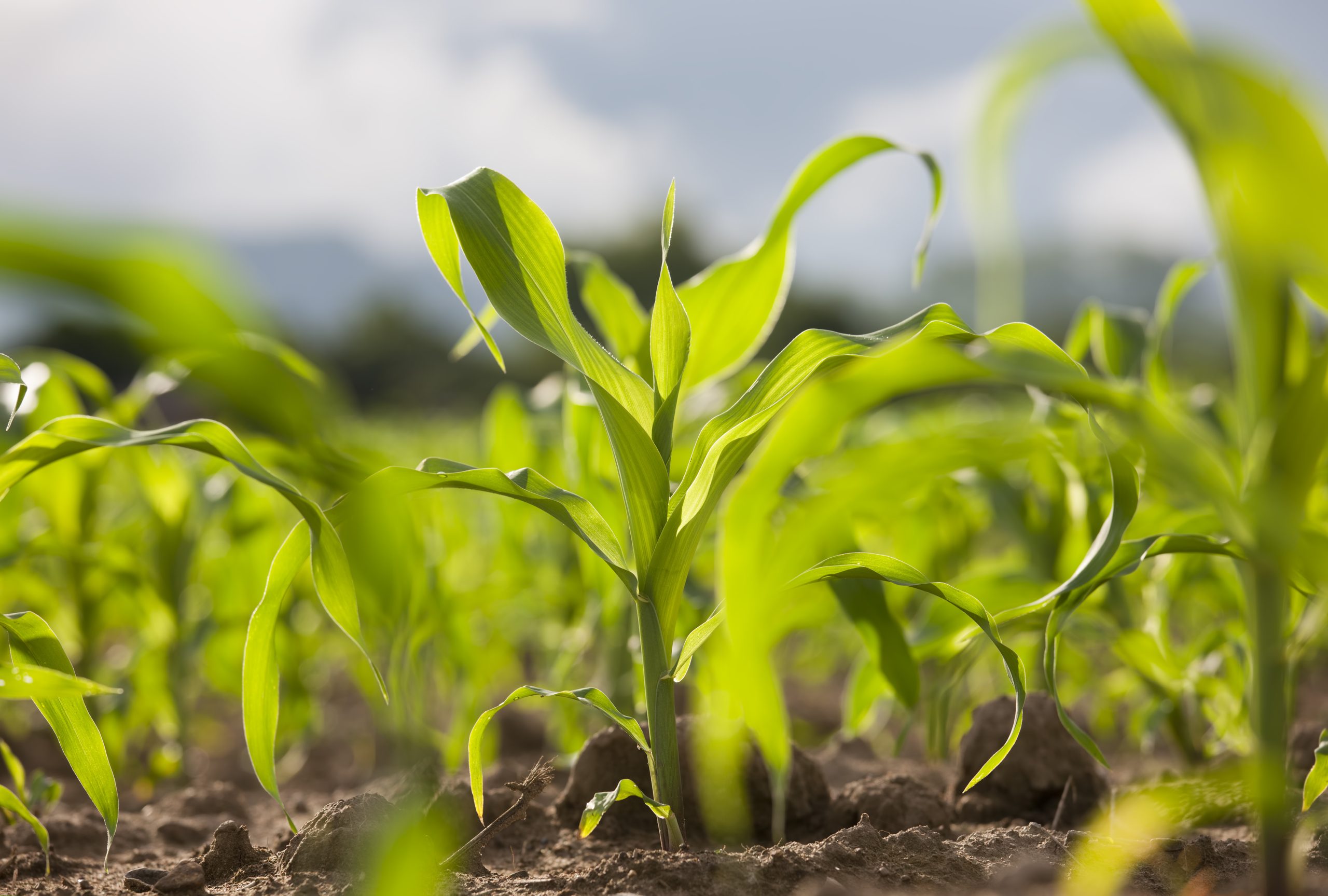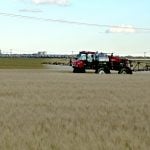CNS Canada — While drought conditions in Western Canada have improved following late-season snowfall, it isn’t a completely rosy picture just yet.
“We have seen significant departures from normal in terms of precipitation (on the Prairies over) a long period. The winter hasn’t been above average (for precipitation) so there hasn’t been a whole lot of recovery,” said Trevor Hadwen, agroclimate specialist with Agriculture and Agri-Food Canada (AAFC) in Regina.
AAFC’s drought monitor map, updated March 31, shows improved conditions compared to the month before. There are still extreme drought conditions in Saskatchewan around Weyburn and Regina; however, the area is smaller. Throughout most of southeastern Saskatchewan there are severe drought conditions and in other parts of southeastern Saskatchewan and southern Manitoba there are moderate drought conditions. Throughout central Alberta it is abnormally dry.
Read Also

Pulse Weekly: AAFC raise dry pea, lentil production numbers
Agriculture and Agri-Food Canada raised its 2025/26 production calls for dry peas and lentils from its July report. AAFC issued its latest monthly report on Aug. 20, and adjusted exports, domestic usage and ending stocks.
Abnormally cool conditions throughout the end of March and start of April have led to a slow snowmelt, with temperatures warming during the day, only to drop down below 0 C overnight.
The start of winter saw a parched Prairie. In many areas, above-ground water sources dried up, along with the soil. There are a lot of water supply issues for farms, Hadwen said, due to the drought last year.
“We’re looking for those dugouts to fill up with the spring melt. But depending how we melt this year, if we get a slow melt the water tends to go to the soil. If we get a quicker melt it might run off into some of those on surface water supplies.”
While the late-season snow has been welcomed by farmers across Western Canada, as it brought much-needed moisture, the cool temperatures are leading to a delayed spring.
According to meteorologists at Environment and Climate Change Canada (ECCC), the Prairies will see abnormally cool temperatures continue throughout April. Temperatures will start to hit above 0 C as of the week of April 15, but closer-to-seasonal temperatures won’t arrive until May.
“We have to get rid of the snow on the ground and then temperatures will have a chance to rebound. But in the meantime, for the next couple of weeks, below-average temperatures are forecast and really all the way through until the end of April,” said John Paul Cragg, warning preparedness meteorologist with ECCC in Saskatoon.
Southern Alberta still has a thick snow cover, meaning temperatures won’t start to rise until that melts.
Alberta “went into the winter very dry in the southern portions of the province. They’ve been through a couple of freeze, thaw, melt cycles with the chinooks through there, so a lot of the snow in the west is gone, but conditions have improved significantly,” Hadwen said.
In Manitoba there has been a low amount of snow accumulation. According to Hadwen, there has been about an inch of moisture across most of southern Manitoba, which equates to about 25 millimetres of rain, which isn’t very good for winter snow accumulations.
The situation is better in Saskatchewan; around Regina there are between two to three inches of snow.
“So certainly a little bit better and (there’s) more chance of improvement over the next month. But again (that’s) not near as much (snow) as we normally would get,” Hadwen said.
— Ashley Robinson writes for Commodity News Service Canada, a Glacier FarmMedia company specializing in grain and commodity market reporting. Follow her at @ashleymr1993 on Twitter.














